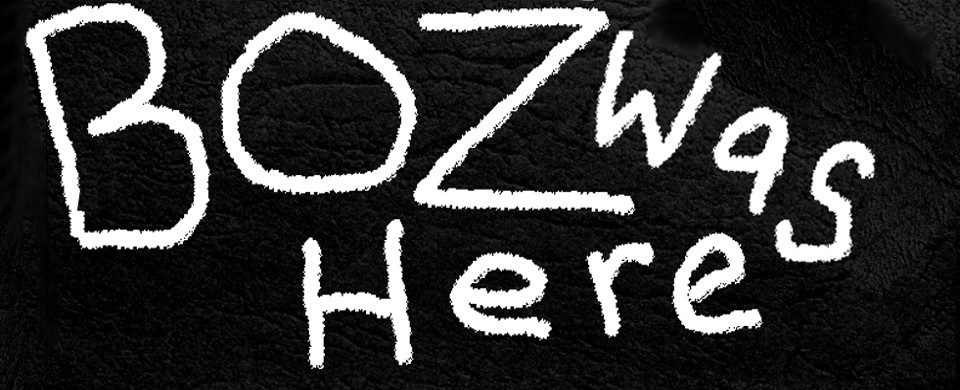I am looking forward to April 15th, also known as Tax Day. That is when Part 1 of Atlas Shrugged by Ayn Rand officially makes it to the big screen across the USA. I am not much of one to stand in line for movie premieres. I think the last time I did that was in 1988 for U2’s Rattle & Hum here in Montreal. However, I would for this one. Unfortunately the closest it is showing is about 3 hours from me. So I won’t be waiting in line for the premiere, but I will be seeing it as soon as I can.
Atlas Shrugged is a classic novel that was written in 1953 but you could swear some of the issues are current day events. Ever since I read the book I have anxiously awaited for it to come to the big screen. I remember reading somewhere online that it was in production, but it seemed like it would be years before release. Time flies!
Will the movie do the novel justice is the big question. David Loeper at Forbes.com writes a review that is encouraging, considering most media outlets probably won’t do the movie justice. I’ve clipped parts of it for you to read here:
Atlas Shrugged Can Be Seen On The Big Screen And In Today’s Society
For those unaware of Ayn Rand’s Atlas Shrugged, it is a novel that has profoundly moved millions of readers. It is one of the top selling novels of the 20th century, still selling nearly a half million copies every year and currently in the top 100 books on Amazon.com more than fifty years after its original release. Fans have waited decades for the message of Atlas Shrugged to reach an audience broader than those willing to tackle the 1,200 page epic novel, and this film is primed to do just that.
The main concern for most fans of the novel has been whether or not the film would remain true to Rand’s original premises. Thankfully, it does. However, the producers wisely set the movie a few years into the future, allowing the situations and characters to appeal to the broader target audience. Readers of the novel have often labeled Rand’s work “prescient” because of the parallels currently playing out in today’s society, and setting the movie back in time as the book was written would have resulted in a loss of this overall perspective.
Atlas Shrugged is about men that use their objective minds to create and produce in honest and morally ethical trade with one another (released in 1957, at the time the term “men” included women; the heroine in the movie is a woman, Dagny Taggert). In both the book and the film, Washington bureaucrats seize private property for “the common good.” Let’s see, who owns GM and AIG? Oh…that’s right–our government. They confiscated money from productive people and used for what they claim is the “common good.”
In the film, each crisis is an opportunity for Washington bureaucrats to gain more power. If that doesn’t qualify as a parallel to what we are witnessing today, perhaps nothing does.
There is probably no better–or more important–time in our lives for this film to be released. Longtime fans of Rand will love how true the movie stays to Rand’s premises, and Part I will leave those new to the story wondering why all the productive people are vanishing. They will be motivated to either dive into the novel, come to Part II (which, according to the producer, is planned for release on next year’s tax day), or both.
The cinematography and acting are both strong, but as with any film, one’s opinion of how it could have been improved is filled with all the perspective of a Monday morning quarterback. Mainstream critics will likely focus on these aspects of Atlas Shrugged Part I while completely missing or ignoring the actual message of this important work, which is expertly conveyed.
Who is John Galt?
Original: Charlie Profit


